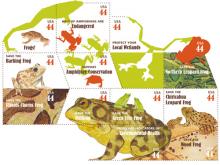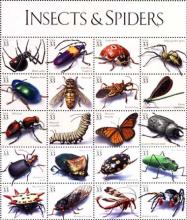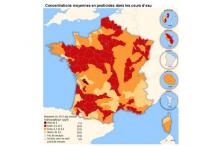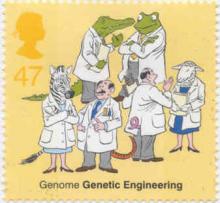Organic farming is the clean green solution to pesticide residues
A new study, published in the latest Environmental Pollution journal, has found agricultural chemical residues in the sediments of South Island streams. The authors linked their findings to previous studies that found residues in pine tree needles and mountain air. One pesticide, chlorpyrifos was found in 87% of samples of waterway sediments. These pesticides are not used by organic producers. “We need to urgently improve the environmental record of our agricultural sector so that we can live up to our international brand of producers of clean safe food,” said Green Party agriculture spokesperson Steffan Browning. “The Environmental Protection Authority is effectively the ‘Chemical Promotions Authority’ and is too freely allowing these pesticides through.










